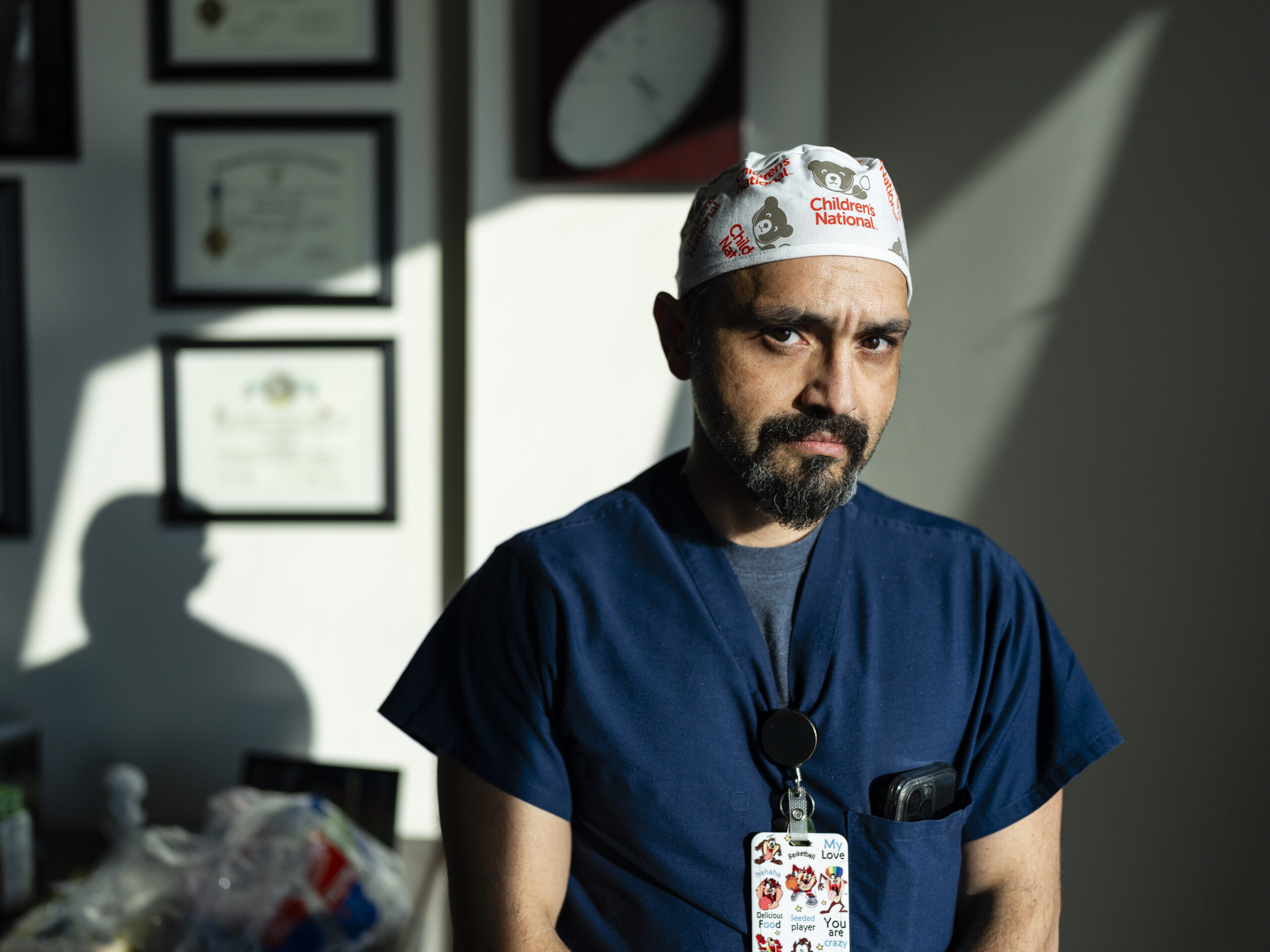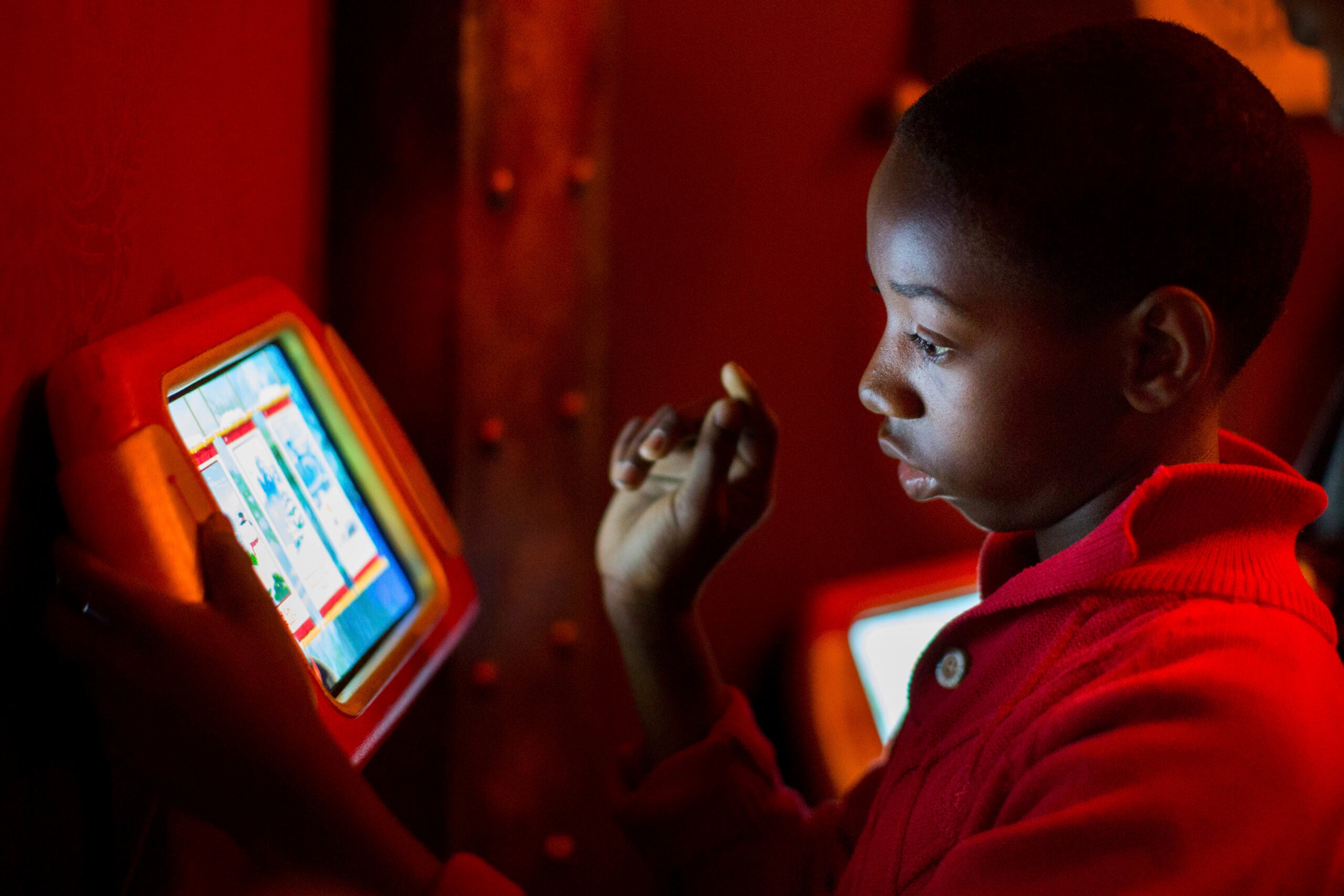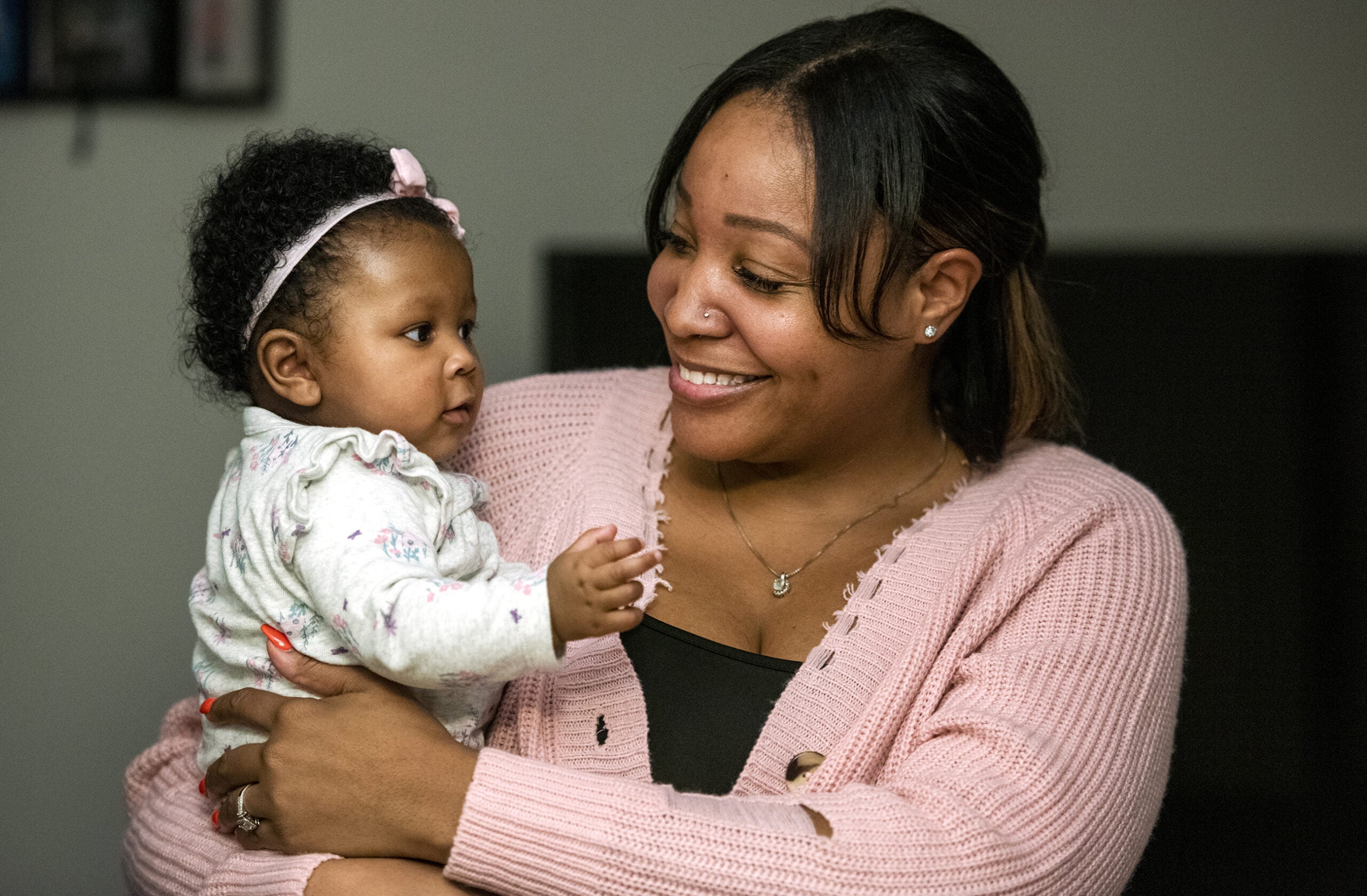October is National Mental Health Month. Larry Meiller learns how to identify and address stress in children and adults.
Featured in this Show
-
Stress Can Be Difficult to Identify, Address In Children
Most people deal with stress from time to time. Whether it’s an unexpected financial hit or an ongoing conflict at work, it can really take a toll on a person’s mental and physical health. It can certainly be a serious issue for adults, but it’s even more difficult for a child who is suffering but can’t easily express what’s going on.
Dr. Marcia Slattery is actively engaged in clinical research of children and adults with anxiety disorders, and the impact of stress on health. She is a child and adolescent psychiatrist at the University of Wisconsin and is director of the UW Anxiety Disorders Program.
Slattery said that just like for adults, people should look at the different areas of a child’s life to determine where the stress might be focused. One common place is at home, especially if there is conflict between the parents, with their siblings, or if the parents themselves are stressed.
Unfortunately, Slattery said parents really underestimate the impact of their own stress on the children, as was found in a recent large-scale study.
“They asked the parents how many of them, the adults, felt stressed. And most of them said that they did,” Slattery said. “Then, they said, ‘How many of you think that your kids know that you’re stressed?’ And 75 percent said ‘Minimal,’ or ‘They don’t know at all, they have no idea.’ Interestingly, then, they interviewed the kids of these parents separately, and they said ‘How many of you think that your parents are stressed?’, and over 90 percent of the kids knew that their parents were stressed.”
So, the children were much more aware than the parents thought or hoped, she said.
School plays a big part in their lives as well. They may be dealing with academic issues, like learning problems and not being able to keep up with other kids, or being a perfectionist when it comes to homework, sports or other types of performance.
“School is high pressure for a lot of kids. They’re on,” she said. “So, there’s pressure is to do well, to excel.”
There are also plenty of stressors in the social sphere as well. That might mean conflict with peers or different types of bullying, including cyberbullying or isolation by social cliques.
“That can certainly wreak havoc for a lot of kids,” she said.
Interestingly, stress, or stressful events and circumstances, are not the same for everyone. Slattery says that stress sometimes can also be based on if we perceive a situation as stressful when others might not. In fact, her research focuses on how our “cognitive filter” of experiences can determine whether we see life as stressful, and therefore whether the physiological cascade of hormones is repeatedly kicked in or not. One of the main stress response hormone is cortisol, which Slattery said “impacts literally every organ of our bodies.”
She explains that components of this “filter” include how threatening we see a situation, and how well we feel we can cope with it. This is very important to understand better, because we can teach kids and adults stress management techniques that teach us how to feel we can deal with situations and not feel like there’s nothing we can do.
Symptoms of a child dealing with stress are similar to those that adults may exhibit. Slattery explains that “because developmentally they may not be able to express it in ways that we might, it comes out in being very reactive, very irritable, or touchy,” which can be difficult for the parent as well. Stomach aches, headaches, and concentration problems are also common indicators. “You see a variety of symptoms, physically as well as behaviorally.”
Whether to decrease existing stress or to try and prevent it in the first place, there are approaches that parents can use to help their children. Slattery strongly recommends consistency and routine in the home schedule. A healthy balance of screen vs. non-screen time, including exercise regularly, and setting aside consistent parent-child time, and relaxation exercises can all be very helpful.
But Slattery emphasizes that it can also be helpful to get a child’s primary care doctor involved as well. She would like to see a “stress check” as part of every well child visit. But to deal specifically with detectable symptoms of stress, she said that when a person is seeing the physical symptoms like stomach aches, headaches or fatigue, she said, “I’d go in and see someone. It’s helpful to sort it through and understand better what the causes might be, and what we can do. Because in many cases … just understanding it better empowers us in a way to have a better idea of what to do proactively.”
There are a UW Health articles that are geared toward the kids themselves. This one focuses on strategies that they can use to reduce stress themselves.And this one explains to kids what stress is. There is also a helpful article for adults to assist kids who are experiencing stress, and an article that actually shares children’s ideas on stress and how they deal with it can be helpful as well.
Episode Credits
- Larry Meiller Host
- Judith Siers-Poisson Producer
- Dr Marcia Slattery Guest
Wisconsin Public Radio, © Copyright 2024, Board of Regents of the University of Wisconsin System and Wisconsin Educational Communications Board.




